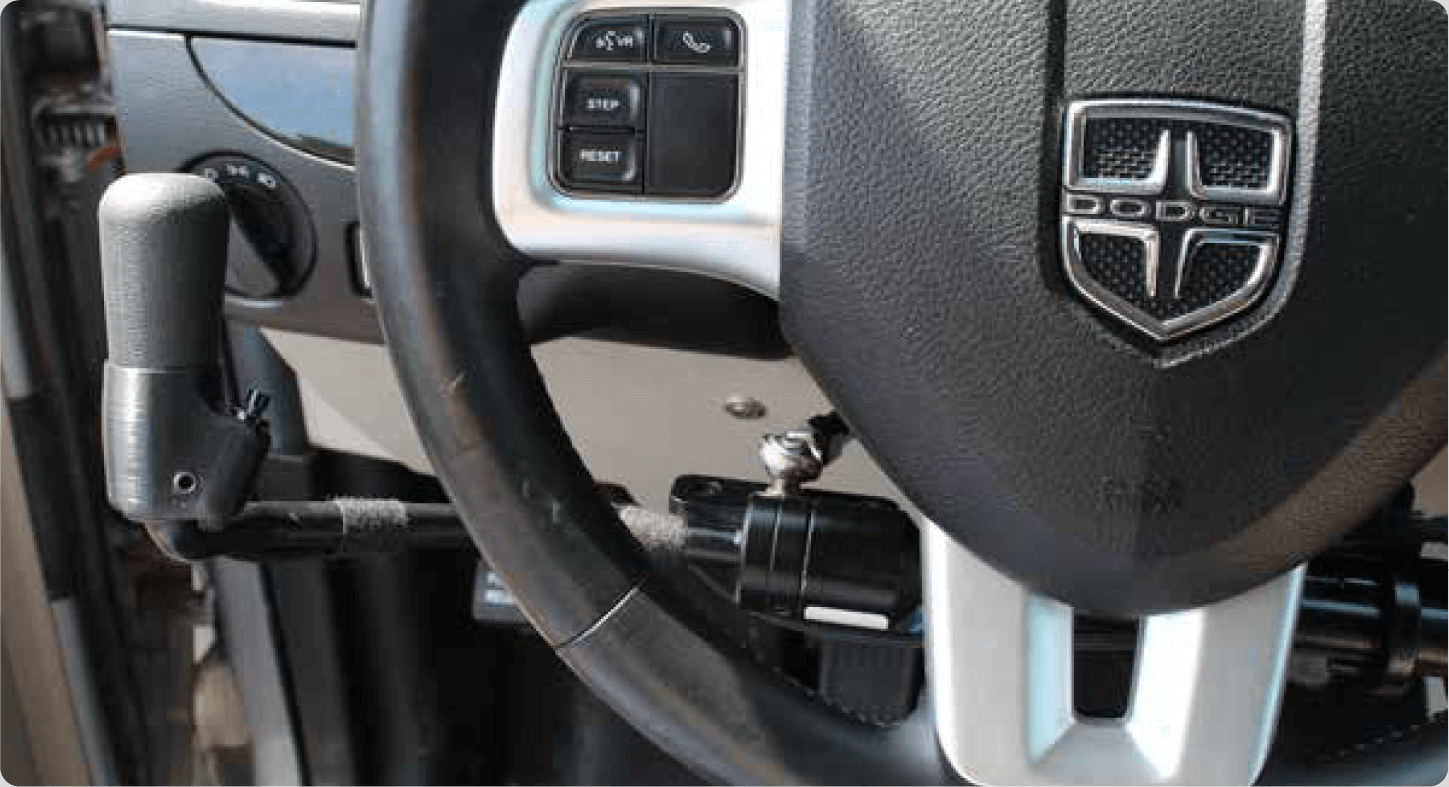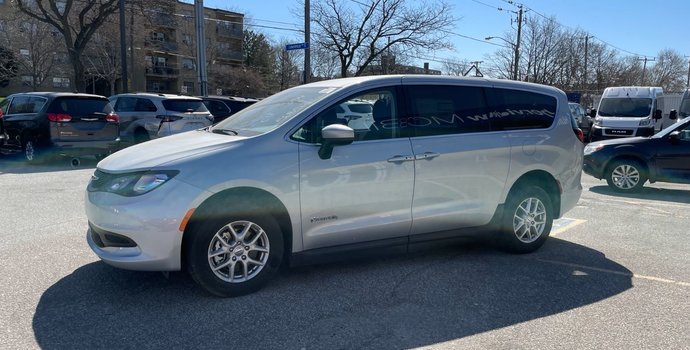For individuals with mobility challenges, having the right vehicle adaptations can make all the difference in achieving greater independence and freedom. Whether you need modifications for steering, acceleration, braking, or gear shifting, today’s mobility solutions offer a wide range of customizations to suit different needs. At Humberview Mobility, we specialize in adapting vehicles to ensure that driving remains accessible, safe, and comfortable for everyone.
This guide explores the different hand and steering adaptations available for mobility vehicles, helping you understand how your vehicle can be customized to fit your specific requirements.
1- Hand Controls for Acceleration and Braking
For drivers with limited or no use of their legs, hand controls offer a way to accelerate and brake using only the hands. These systems are designed to be intuitive and responsive, ensuring a smooth driving experience.
Types of Hand Controls:
- Push-Pull Hand Controls – The most common type, these controls allow the driver to push forward to brake and pull backward to accelerate.
- Push-Rock Hand Controls – Instead of pulling, the driver rocks the lever downward to accelerate and pushes forward to brake.
- Push-Twist Hand Controls – Similar to a motorcycle throttle, twisting the handle accelerates the vehicle while pushing forward engages the brakes.
- Push-Right Angle Hand Controls – These operate by pushing downward at a right angle to brake and pulling outward to accelerate, allowing for a compact installation.
Each of these systems can be installed in various vehicle models, allowing drivers to choose the one that feels most natural and comfortable for them.
Talk to Our Mobility Specialist
Have Questions? Connect with Our Mobility Specialist Today for Personalized Assistance and Expert Guidance!
Shop Now
2- Steering Adaptations
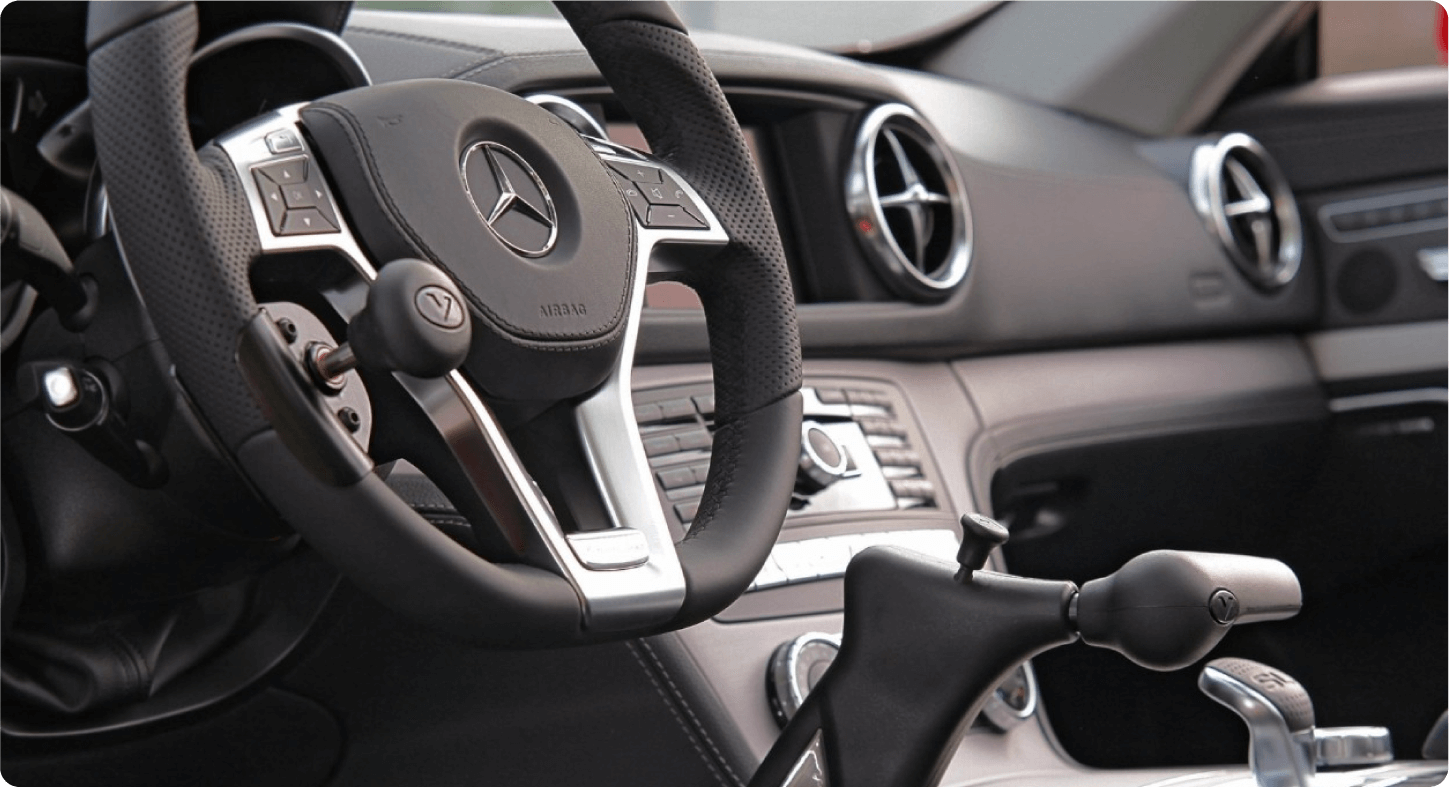
Steering can be a challenge for individuals with limited upper body strength, restricted range of motion, or a need for greater control. Steering adaptations ensure that turning, maneuvering, and maintaining control of the vehicle remain effortless.
Common Steering Adaptations:
- Spinner Knobs – A simple yet effective device that attaches to the steering wheel, allowing for easy one-handed steering. This is ideal for drivers using hand controls for braking and acceleration.
- Tri-Pin and Palm Grips – Designed for drivers with limited hand function, these grips provide a secure and comfortable way to control the steering wheel.
- Steering Column Extensions – These bring the steering wheel closer to the driver, reducing the need to stretch or lean forward.
- Reduced Effort Steering – This modification lightens the amount of force required to turn the steering wheel, making it ideal for individuals with limited upper body strength.
- Foot Steering Systems – For drivers with limited hand function, foot-controlled steering systems allow full directional control using the feet.
These adaptations can be combined with hand controls to create a fully accessible driving experience.
3- Electronic Steering and Joystick Controls
For individuals who require more advanced adaptations, electronic steering systems offer an alternative to traditional steering wheels. These systems use joystick or touchpad controls, providing precise steering with minimal physical effort.
Types of Electronic Steering Systems:
- Joystick Steering Systems – Allow full control of the vehicle's direction with a simple joystick, reducing the need for traditional hand and arm movements.
- Touchpad Steering – Uses a touchscreen or small touch-sensitive controls to direct the vehicle, making driving possible for individuals with very limited mobility.
- Drive-by-Wire Systems – Replace traditional mechanical linkages with electronic inputs, allowing for fully customized steering, acceleration, and braking controls.
Electronic steering systems are often used in conjunction with voice-activated controls or adaptive seating systems to provide a complete mobility solution.
4- Gear Shifting and Transmission Adaptations
For individuals who have difficulty using a traditional gear shifter, adaptive transmission controls make shifting gears easier and more accessible.
Common Transmission Adaptations:
- Push-Button or Touchscreen Gear Selectors – Instead of a traditional gear shifter, these systems allow drivers to change gears with the push of a button or tap of a screen.
- Electronic Gear Shifting Systems – Replace mechanical gear levers with electronic controls, allowing for effortless shifting using a joystick or keypad.
- Voice-Controlled Gear Shifters – Enable drivers to change gears using voice commands, ideal for those with very limited hand function.
- Column-Mounted or Dash-Mounted Shifters – Move the gear shifter to a more accessible location, making it easier for individuals with limited reach to operate.
These modifications ensure that drivers with mobility challenges can shift gears smoothly without unnecessary strain or difficulty.
5- Pedal Extensions and Left-Foot Accelerators
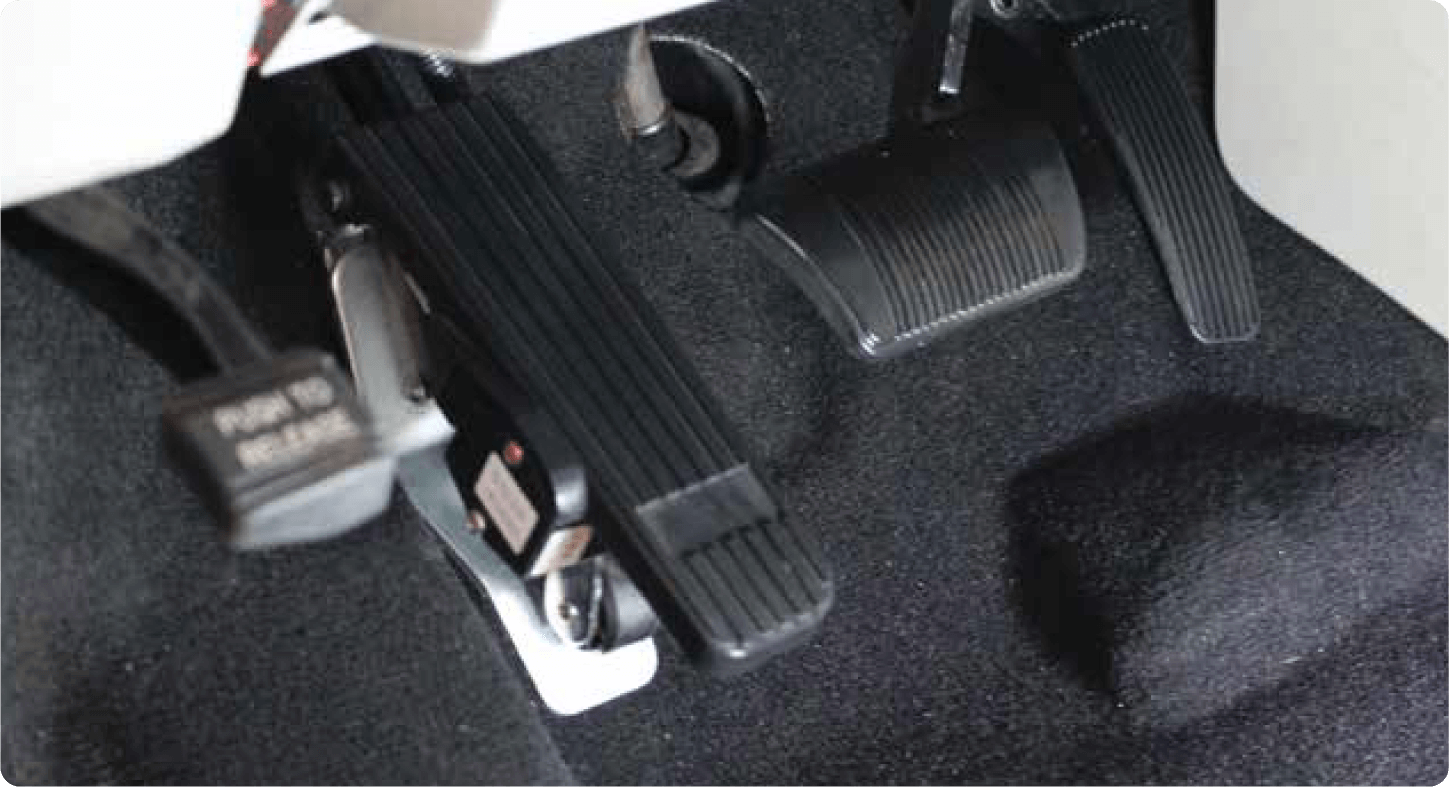
For drivers who have difficulty reaching the pedals or who require alternative pedal positioning, several solutions are available.
Pedal Adaptation Options:
- Pedal Extensions – Bring the brake and accelerator pedals closer to the driver, eliminating the need for excessive stretching.
- Left-Foot Accelerator – Allows individuals who cannot use their right foot to control the accelerator with their left foot while keeping the brake in its original position.
- Pedal Guards – Prevent accidental pressing of the accelerator by those using hand controls for acceleration and braking.
These adaptations enhance both safety and comfort, allowing drivers to maintain full control over their vehicle.
6- Custom Seating and Positioning Systems
A proper seating position is crucial for comfort and control while driving. Custom seating solutions help improve visibility, reach, and posture for drivers with mobility challenges.
Seating Adaptation Options:
- 6-Way Power Transfer Seats – Allow the driver’s seat to move forward, backward, up, and down, as well as swivel for easy transfers from a wheelchair.
- Lowered Floor Conversions – Increase interior space for wheelchair users, making entry and exit easier.
- Custom Cushions and Supports – Improve posture and provide extra support for individuals with spinal injuries or other conditions that affect seating stability.
These seating adaptations ensure a comfortable and ergonomic driving experience.
7- Secondary Driving Controls
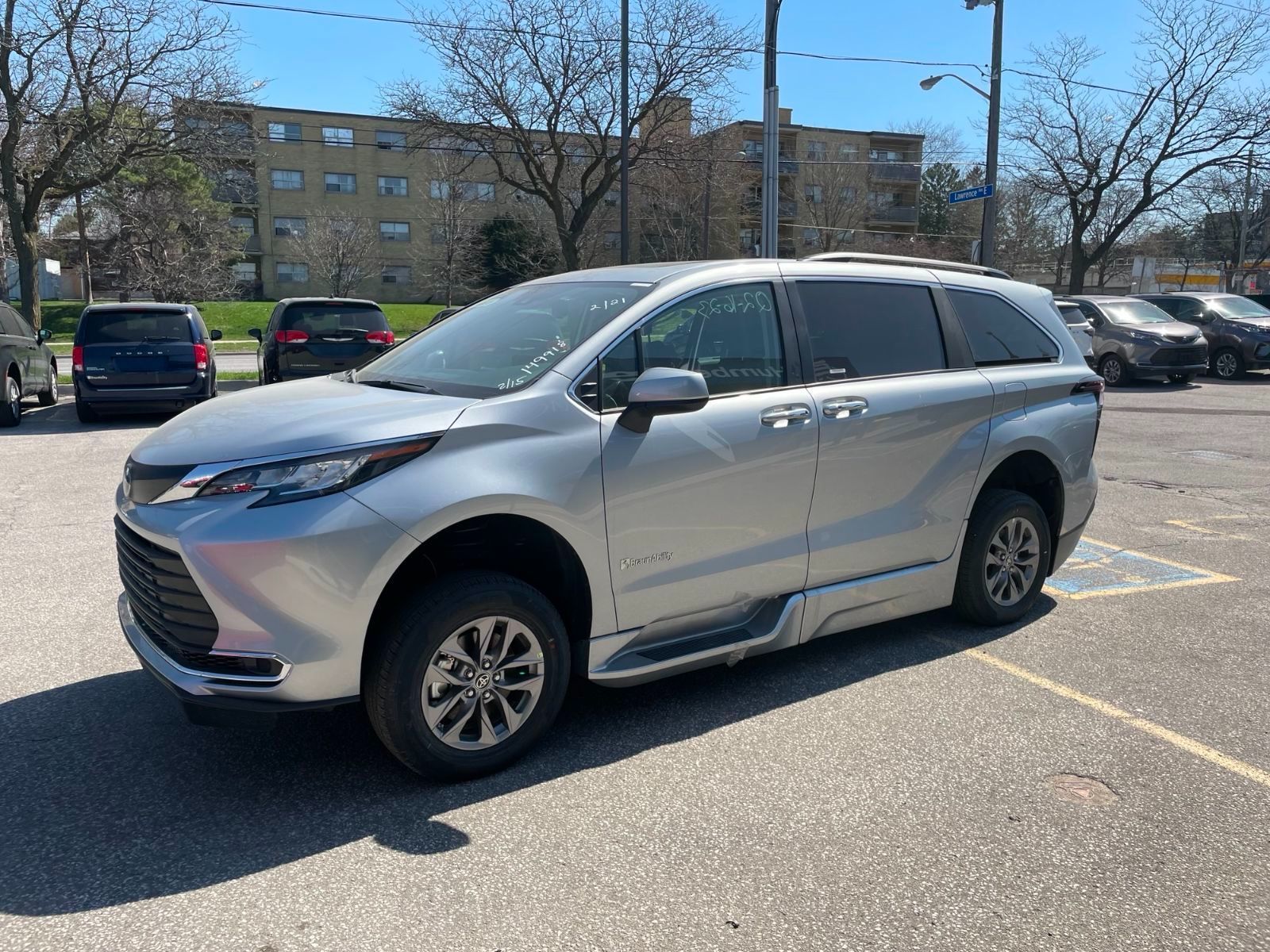
In addition to steering and acceleration, drivers also need access to secondary controls such as turn signals, headlights, wipers, and climate controls. Adaptive solutions ensure these functions remain easily accessible.
Options for Secondary Controls:
- Voice-Controlled Systems – Allow drivers to operate turn signals, lights, and wipers using voice commands.
- Remote Touchpad Controls – A small control pad can be mounted near the steering wheel or on a hand control lever, allowing drivers to operate secondary functions with minimal movement.
- Infrared and Bluetooth-Controlled Devices – Wirelessly control vehicle functions, making it easier for individuals with limited reach.
These adaptations allow drivers to manage essential vehicle functions safely and conveniently.
Final Thoughts: Choosing the Right Mobility Adaptations
At Humberview Mobility, we understand that every driver’s needs are unique. That’s why we offer customized hand and steering adaptations designed to enhance independence and driving confidence. Whether you require hand controls, steering aids, electronic driving systems, or adaptive seating, we provide solutions that make your vehicle as accessible as possible.
If you're unsure which adaptations are right for you, our team of mobility specialists is here to help. We offer personalized consultations, professional installation, and ongoing support to ensure that your mobility vehicle meets your exact needs.
Ready to explore your options? Contact Humberview Mobility today to learn more about how we can help make driving easier, safer, and more comfortable for you!



